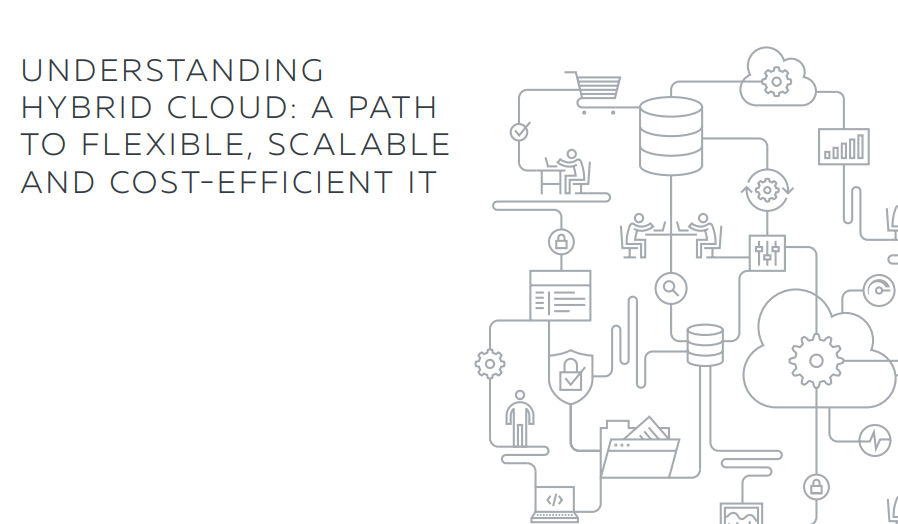As enterprises mature in their cloud strategy, they increasingly seek to mix and match the best available technologies that will give their companies a competitive advantage. As a result, more and more enterprises are turning to an integrated hybrid cloud model — a mix of on-premises infrastructure and private and public cloud services, with orchestration between the platforms. A hybrid cloud model provides a single, unified infrastructure, whatever your IT infrastructure mix. In addition, the ability to retain some workloads and data on premises while moving others to services like AWS, Microsoft Azure or Google Cloud Platform opens up a much faster path for enterprises with strict requirements around compliance or legacy technology to take advantage of cloud computing. For instance, an enterprise could use an on-premises private cloud to host sensitive customer credit card data while also leveraging a public cloud provider to host less critical resources, like test and development workloads.

